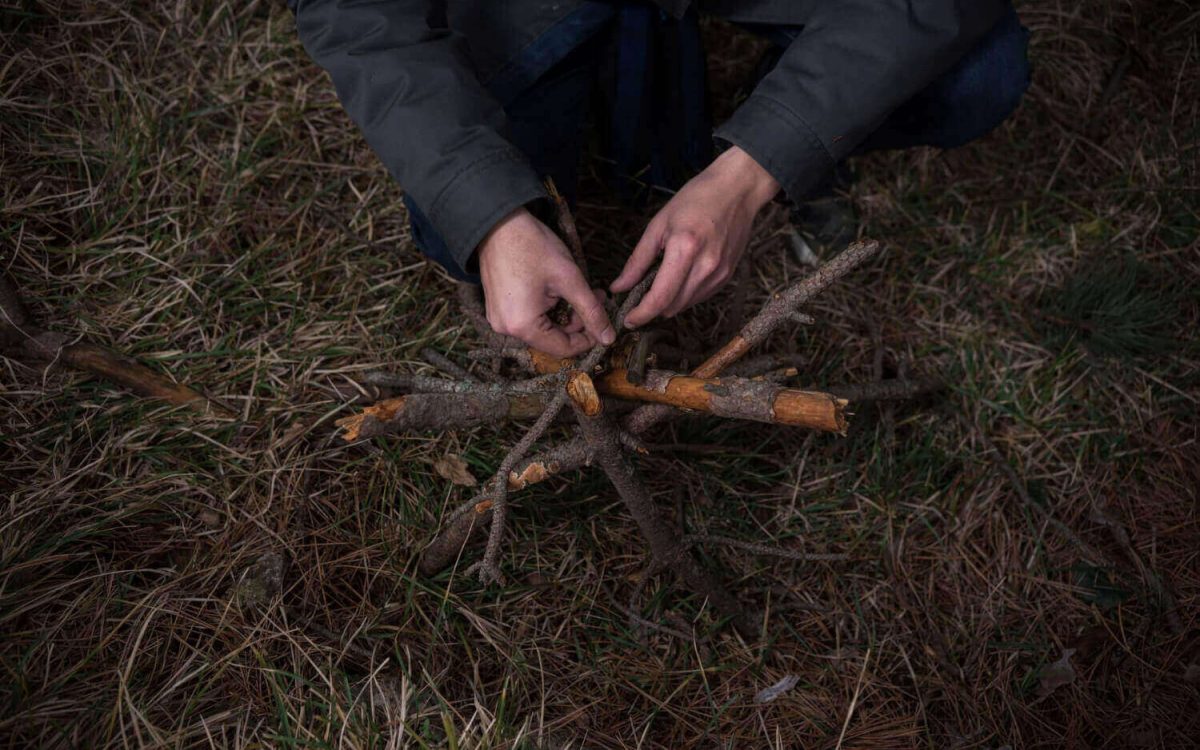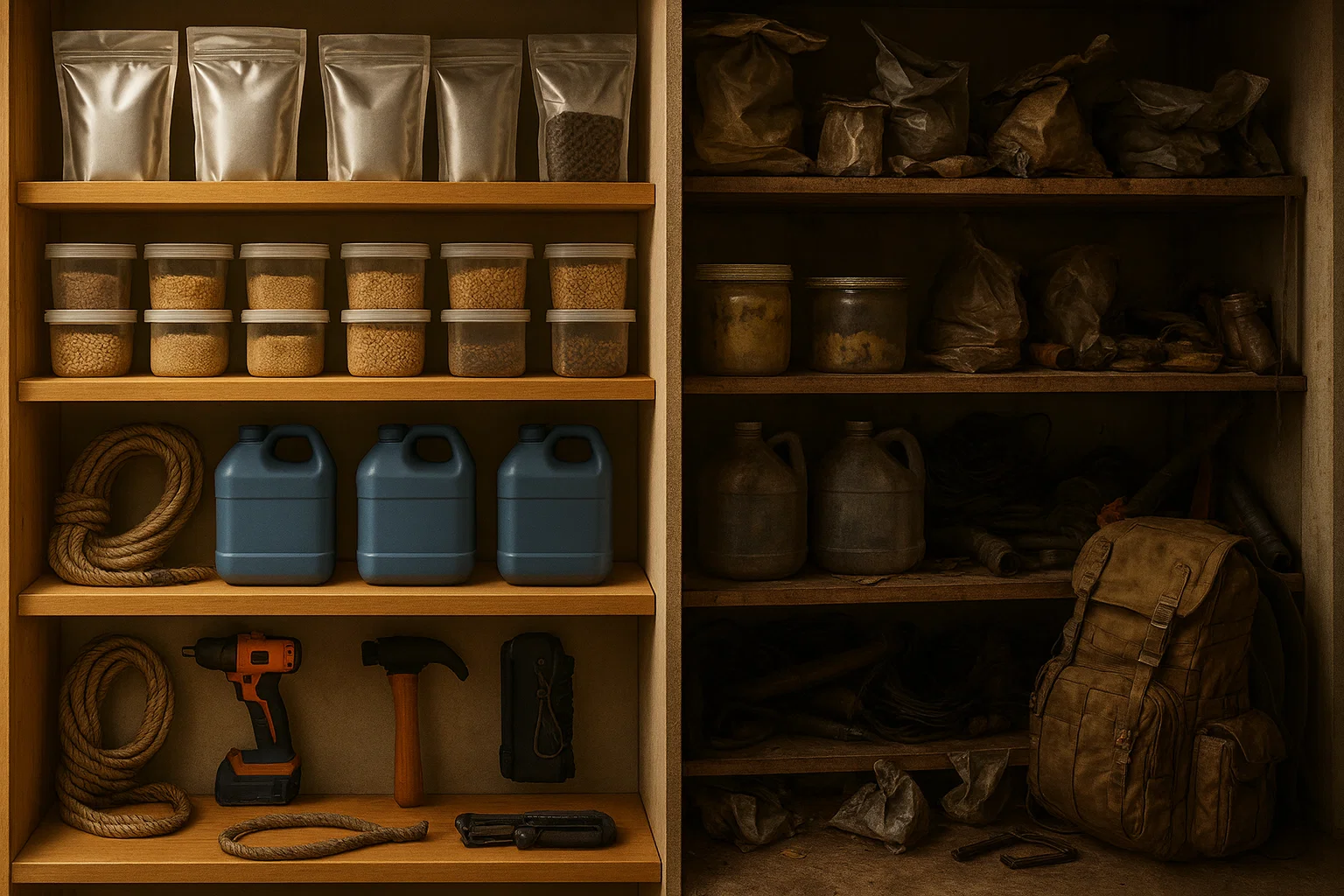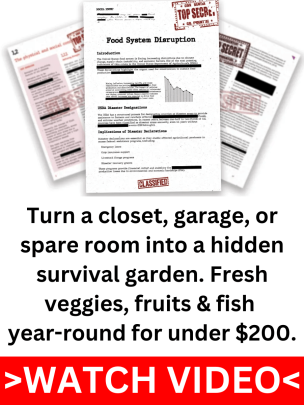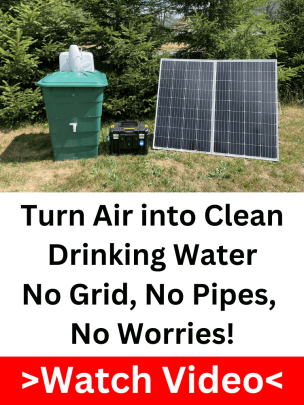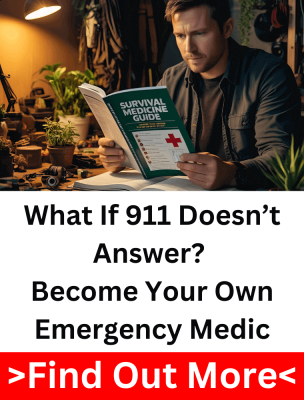Most folks think surviving in the wild comes down to toughness or instincts. Truth is, preparation makes the difference. One small mistake, like leaving out a fire starter or relying on a flimsy knife, can spiral fast. Cold sets in, water runs low, and night comes quicker than you’d like. Out there, discomfort turns dangerous in a hurry.
This isn’t some checklist of trendy tools. It’s a real wilderness survival gear, the kind that holds up when conditions change and things don’t go to plan. If you’re serious about making it out in one piece, don’t leave these behind.
Fixed-Blade Survival Knife
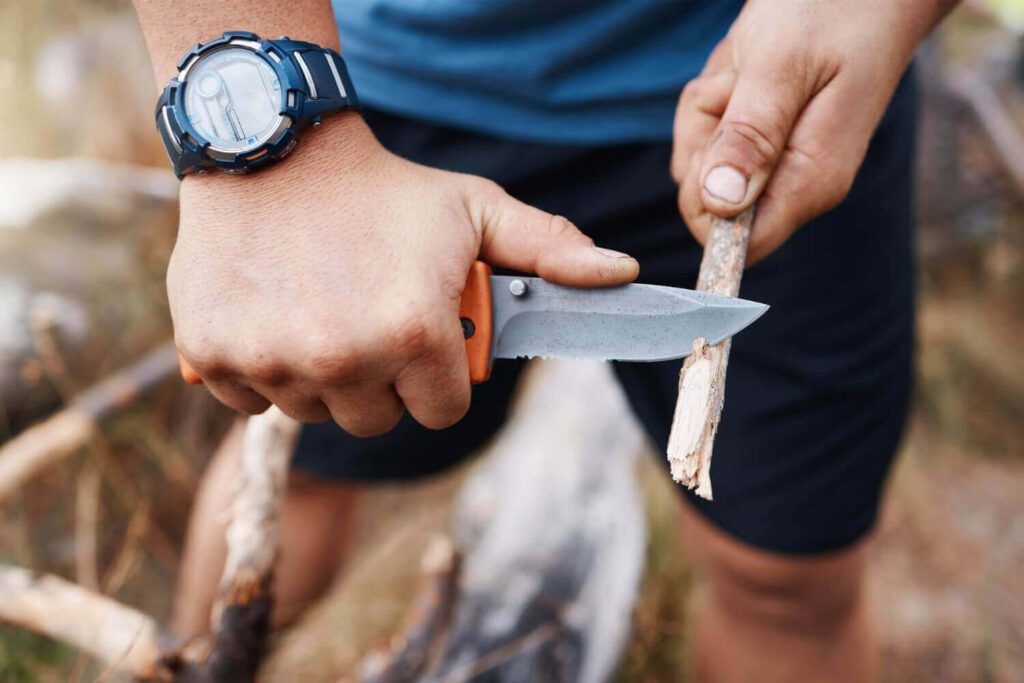
If there’s one piece of gear you never want to be without, it’s your knife. In the wild, your blade is your lifeline. It handles everything from preparing food and carving tools to starting fires and even self-defense if it comes to that. When things get rough, a good knife is one of the few essential survival tools you can’t improvise or replace.
But not just any knife will cut it, literally. You want a fixed blade, not something that folds or fails under pressure. Look for full tang construction so the blade runs solid through the handle. Carbon steel holds a better edge and can be used with a ferro rod to spark fire. And don’t overlook the grip, it should feel natural in your hand, not slippery or awkward. This isn’t just a tool. It’s an extension of your hand when the stakes are high.
Hatchet or Bushcraft Axe
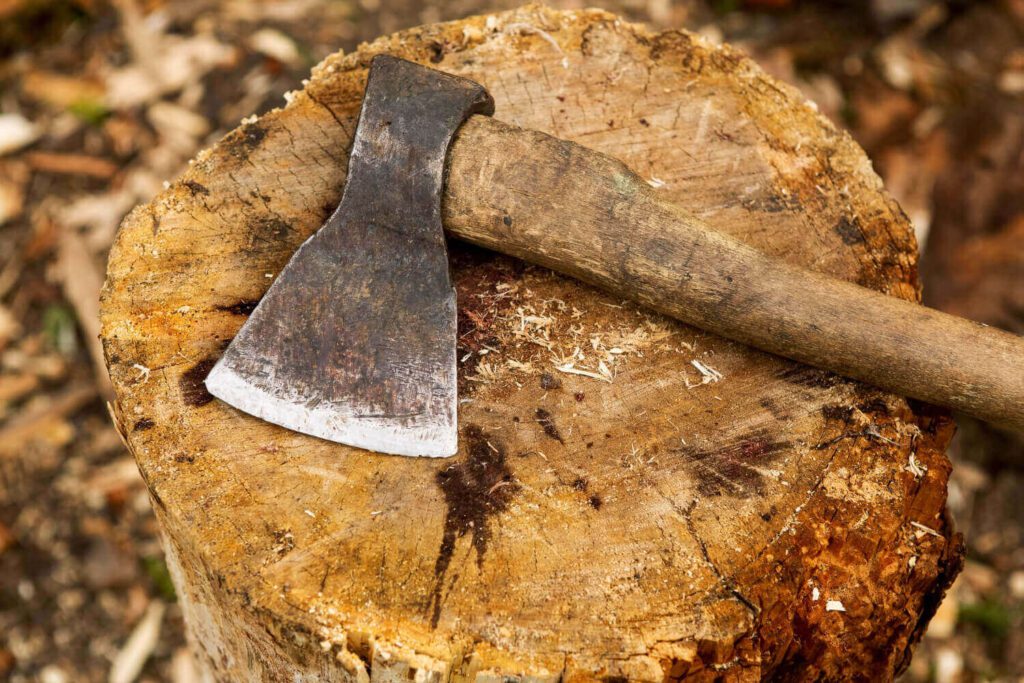
There’s only so much a knife can do before you need something with real weight behind it. That’s where a solid hatchet or bushcraft axe steps in. Whether you’re splitting firewood, clearing branches for shelter, or handling something a little more serious in a defensive pinch, this tool does the heavy lifting. It’s compact enough to carry but powerful enough to save your energy, and possibly your life, when it counts.
Navigation Tools

It’s easy to trust your phone or GPS, until the battery dies, the signal disappears, or the screen cracks on a rock. In the wilderness, relying on electronics is a gamble you can’t afford. A map and compass aren’t flashy, but they’re reliable. They don’t run out of juice or glitch out in bad weather. When you’re deep in the backcountry, this kind of dependable wilderness survival gear isn’t optional, it’s essential.
Now, not every compass is created equal. You want one with a sighting mirror for accurate readings and an adjustable declination feature so you’re not working off the wrong north. Durability and visibility matter too, look for glow-in-the-dark markers or a dial that’s easy to read in low light. These aren’t extras, they’re survival features when time and direction really count.
Then there’s your map. A good topographic map gives you the lay of the land, rivers, elevation, ridgelines, valleys, and water sources. That kind of detail belongs in every outdoor survival kit, right next to your fire starter and knife. If everything else goes wrong, knowing how to read that map might be the thing that gets you back to safety.
Fire-Starting Tools
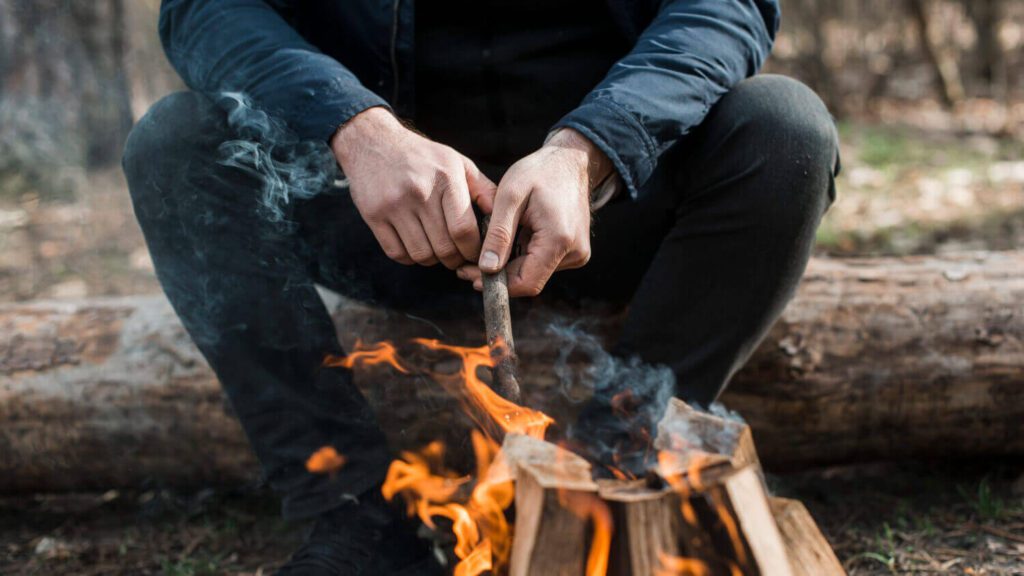
Fire gives you more than heat. It dries out your clothes, cooks your food, keeps predators at bay, and gives you the kind of lift you need when everything else feels stacked against you. But in cold, wet conditions, even experienced folks struggle to get one going. That’s why fire-starting gear deserves a top spot in your wilderness survival gear, because without it, your odds drop fast.
The rule of three isn’t just a suggestion, it’s insurance. A lighter might stop working. Matches can soak through. Ferro rods? They’ll throw sparks even in the rain, but only if you’ve practiced. Bring all three, and make sure you’ve got reliable tinder with you too, like cotton balls in petroleum jelly or a few dry shavings of fatwood. In a place where your warmth and food both depend on flame, you never want to count on just one method.
Water Purification & Boiling Setup
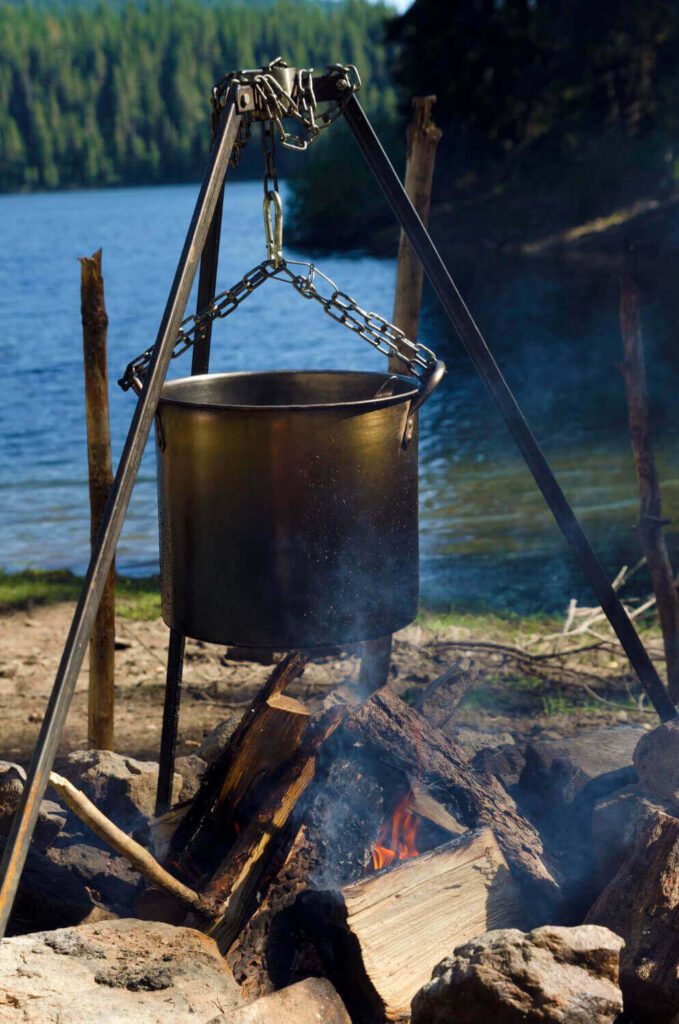
Thirst doesn’t give you much time to react. When you’re sweating, on the move, or exposed to cold winds, dehydration sets in fast. It clouds your thinking, weakens your body, and makes a bad situation worse. And just because water looks clear doesn’t mean it’s safe. Out in the wild, you can’t afford to take chances. That’s why water purification is a cornerstone of reliable wilderness survival gear.
You need more than one way to get safe drinking water. Boiling works well when you’ve got a fire going. Portable filters are fast and convenient, but they have limits. Purification tablets are light and easy to carry, but they take time to work and change the taste. Each method comes with trade-offs. That’s why experienced folks treat these systems as essential survival tools, they complement each other and cover your bases when it matters.
And then there’s your stainless-steel canteen. It doesn’t just store water, it becomes part of your fire kit when it’s time to boil. No plastic to melt, no guessing if it can handle heat. Gear that serves more than one purpose earns its place in the pack every time.
Paracord
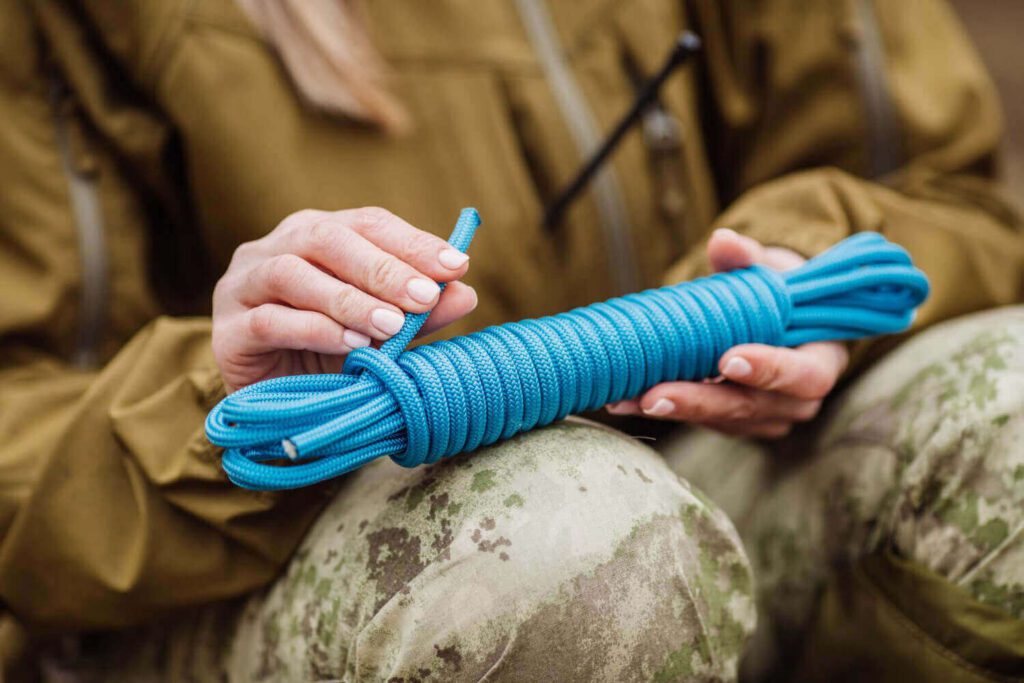
Some gear pulls more than its weight, and paracord is one of those things. Whether you’re tying down a tarp, rigging a shelter, hanging food out of reach, or setting a snare, 550 cord gets it done. It’s light, strong, and takes up almost no space, exactly the kind of bushcraft equipment you want when you’re counting every ounce. You can strip it down for inner strands or use it whole, but either way, it’s the kind of backup you’ll be glad to have when things get rough.
First Aid Kit
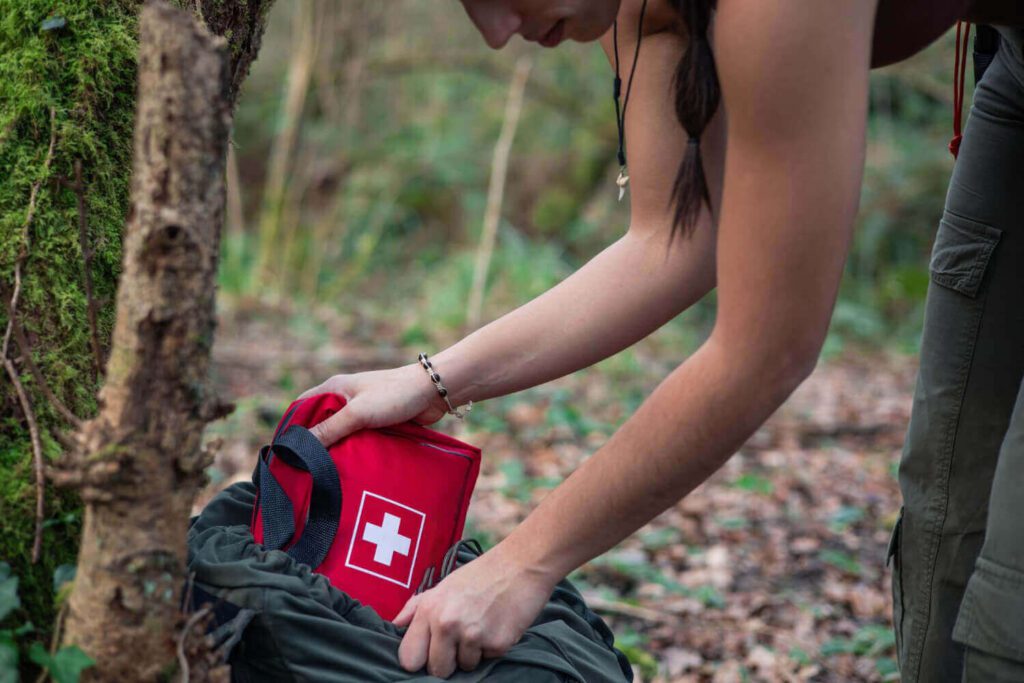
A scrape or blister is easy to ignore, until it turns into an infection that slows you down or knocks you flat. But what if you slice your hand with a blade, twist an ankle miles from camp, or take a fall that leaves you bleeding and disoriented? Out in the wild, there’s no urgent care around the corner. You need more than a few band-aids and a travel-sized tube of ointment. A real kit is part of your wilderness survival gear, not an afterthought.
Pack for what could happen, not just what’s convenient. Gauze rolls, compression bandages, antiseptic wipes, tweezers, painkillers, and clotting agents should be in there. Add moleskin for blisters, medical tape that sticks even when wet, and any personal medications you might need. Think worst-case scenario. It might feel like overkill until the moment it’s not.
Fishing Kit
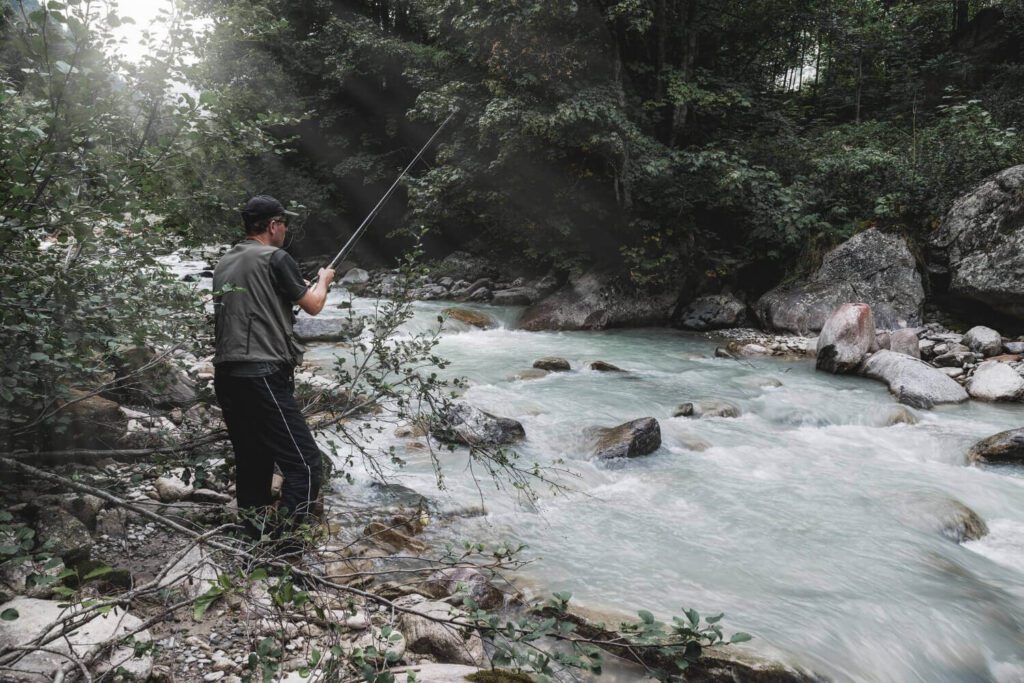
When food runs low or your packed rations run out quicker than expected, having a way to catch your next meal becomes more than just a bonus, it becomes a plan. A basic fishing kit doesn’t weigh much and takes up almost no space, but the payoff can be huge. A few hooks, some lines, and a little know-how might be the difference between going hungry or staying strong enough to keep moving. Lightweight, simple, and smart, catching dinner might be the best move you’ve got.
Related Article: Survival Fishing Gear: Rods You Can Trust When SHTF
Light Source

Darkness in the wild changes everything. Trails disappear, small tasks turn risky, and it’s easy to get turned around or injured. That’s when people make bad calls, rushing, fumbling, guessing. A good headlamp keeps your hands free and your focus sharp, whether you’re setting up camp or just finding your way to the tree line. It’s the kind of wilderness survival gear you don’t think about, until you need it.
Weather-Resistant Clothing
Get wet and stay exposed long enough, and your body temp will start dropping whether it’s 50 degrees or 25. Hypothermia doesn’t need snow to take hold, just damp clothes, wind, and time. You don’t realize how fast it creeps in until your hands stop working and your head gets foggy. Having the right clothing isn’t about comfort, it’s about staying alive.
Dress in layers that work with your body. Wool insulates even when it’s wet. Synthetics wick moisture and dry quickly. Cotton? Leave it at home. And always pack an extra pair of socks, warm, dry feet make a bigger difference than most people think. The right setup belongs in every outdoor survival kit, no matter the season.
Survival Guide
A compact field guide can be one of the most overlooked tools in your kit. Whether it covers edible plants, basic bushcraft skills, or how to handle common survival tasks, having clear answers in one place saves time and guesswork. It’s not about memorizing every skill, it’s about having a solid reference when you need to double-check something at the moment. Simple tool, with a big payoff.
Rodent-Proof Food Storage Bag
Losing your food to raccoons, squirrels, or worse isn’t just frustrating, it can put your whole plan at risk. In the wild, your meals are too valuable to leave unprotected. Using odor-proof storage bags or dry sacks helps keep the scent down and the critters out. It’s a small piece of wilderness survival gear, but it can save you from a ruined camp, spoiled rations, and a long hike out on an empty stomach.
In the wild, every piece of gear you carry has to earn its weight. No room for extras that don’t serve a real purpose, and no forgiveness for leaving out something critical. Forget one of these tools, and you might regret it when it’s too late to turn back. Pack smart, stay sharp, and you’ll walk out stronger than you went in.

